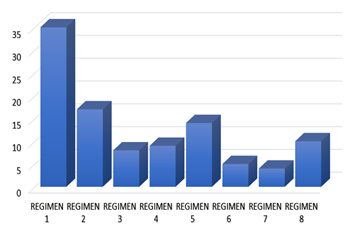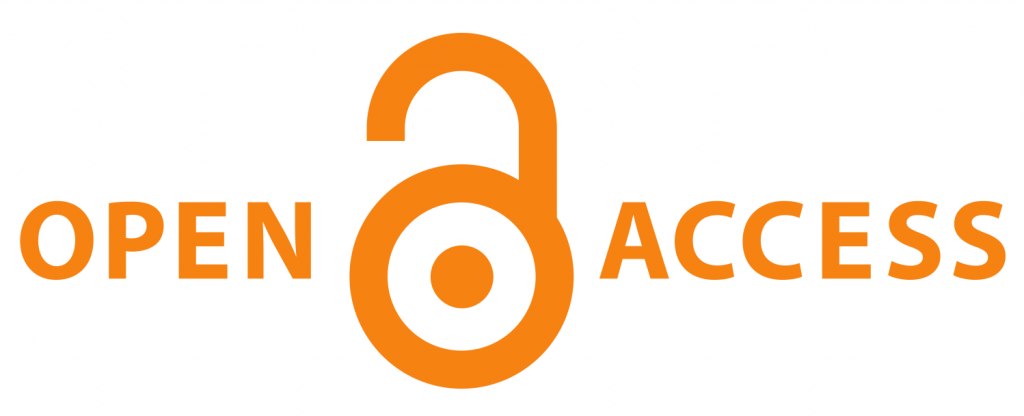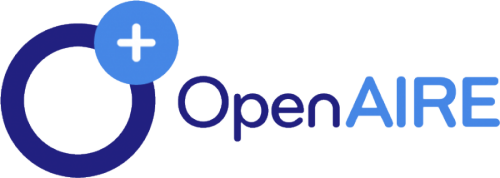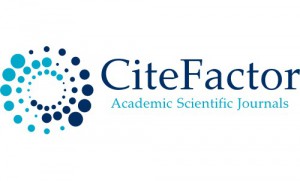A Pharmacoeconomic Analysis in the management of breast cancer
Abstract
Background: Pharmacoeconomic evaluation of breast cancer treatments is vital for informed decisions, comparing treatment alternatives, and evaluating cost and budget impact. Clinicians' knowledge about the prescription of anticancer treatments enhances patient outcomes.
Objectives: To study the regimen used and pharmacoeconomical analysis for the management of breast cancer.
Methodology: After obtaining approval from the ethical committee, a prospective study was conducted to analyze the pharmacoeconomics of commonly prescribed drugs for breast cancer management over six months. Data was collected from the patient's treatment chart using a well-designed data collection form. The cost of treatment was determined by estimating and analyzing the direct and indirect costs of materials, labor, and laboratory studies.
Result: A total of 102 patients were enrolled in the study, and the mean age of the patients was 52±8.9 years. Most of the patients were prescribed chemotherapeutic drugs. The average overall expenditure on breast cancer management was Rs. 293114.67, with total direct and indirect medical costs for the patient being Rs. 616591.7 and Rs. 8374.11, respectively. Targeted therapy costs accounted for 33.57% of the total direct medical costs during the 6-month period. The average cost for patients in the adjuvant setting was Rs. 339314.18, while in the neoadjuvant setting it was Rs. 181111.15.
Conclusion: Breast cancer therapy significantly impacts patients and healthcare providers, necessitating the establishment and strengthening of health insurance coverage mechanisms for pooling resources and risk transfer.
Downloads
References
Al-Ziftawi N H, Shafie A A, Mohamed Ibrahim M I. Cost-effectiveness analyses of breast cancer medications use in developing countries: a systematic review. Expert review of Pharmacoeconomics & Outcomes Research 2021; 21(4): 655-666.
Wani MA, Tabish SA, Jan FA et al. Cost analysis of in-patient cancer chemotherapy at a tertiary care hospital. Journal of Cancer Research and Therapeutics 2013; 9(3): 397-401.
Kumar BS, Maria S, Shejila CH et al. Drug utilization review and cost analysis of anticancer drugs used in a tertiary care teaching hospital. Indian Journal of Pharmaceutical Sciences 2018; 80(4): 686-693.
Sung H, Ferlay J, Siegel RL et al. Global cancer statistics 2020: GLOBOCAN estimates of incidence and mortality worldwide for 36 cancers in 185 countries. CA: a cancer journal for clinicians 2021; 71(3): 209-249.
Kim YA, Oh IH, Yoon SJ et al. The economic burden of breast cancer in Korea from 2007-2010. Cancer research and treatment: official journal of Korean Cancer Association 2015; 47(4): 583-590.
Balkhi B, Alqahtani S, Altayyar W et al. Drug utilization and expenditure of anticancer drugs for breast cancer. Saudi Pharmaceutical Journal 2020; 28(6): 669-674.
Pallis A, Tsiantou V, Simou E et al. Pharmacoeconomic considerations in the treatment of breast cancer. ClinicoEconomics and outcomes research 2010; 2: 47-61.
Kashyap A, Balaji MN, Chhabra M et al. Cost analysis of various branded versus generic chemotherapeutic agents used for the treatment of early breast cancer-a deep insight from India. Expert review of Pharmacoeconomics & outcomes research. 2020; 20(4): 355-361.
Sun L, Legood R, dos-Santos-Silva I et al. Global treatment costs of breast cancer by stage: a systematic review. PloS one 2018; 13(11): 1-14.
Afkar A, Jalilian H, Pourreza A et al. Cost analysis of breast cancer: a comparison between private and public hospitals in Iran. BMC Health Services Research 2021; 21(1): 1-11.
Berghuis AM, Koffijberg H, Terstappen LW et al. Evidence on the cost of breast cancer drugs is required for rational decision making. ecancermedicalscience 2018; 12.
Millar JA, Millward MJ. Cost effectiveness of trastuzumab in the adjuvant treatment of early breast cancer: a lifetime model. Pharmacoeconomics 2007; 25: 429-42.
Wichmann AB, Goltstein LC, Obihara NJ et al. QALY-time: experts’ view on the use of the quality-adjusted life year in cost-effectiveness analysis in palliative care. BMC Health Services Research 2020; 20(1): 1-7.
Lidgren M, Wilking N, Jönsson B et al. Resource use and costs associated with different states of breast cancer. International journal of technology assessment in health care 2007; 23(2): 223-231.
Sohi GK, Levy J, Delibasic V et al. The cost of chemotherapy administration: a systematic review and meta-analysis. The European Journal of Health Economics 2021; 22: 605-620.
Araújo JK, Silva LM, Santos CA et al. Assessment of costs related to cancer treatment. Revista da Associação Médica Brasileira 2020; 66: 1423-1430.
Verma S, Ilersich AL. Population-based pharmacoeconomic model for adopting capecitabine/docetaxel combination treatment for anthracycline-pretreated metastatic breast cancer. The Oncologist 2003; 8(3): 232-240.
Brown RE, Hutton J, Burrell A. Cost effectiveness of treatment options in advanced breast cancer in the UK. Pharmacoeconomics 2001; 19: 1091-102.
Zelle SG, Vidaurre T, Abugattas JE et al. Cost-effectiveness analysis of breast cancer control interventions in Peru. PloS one 2013; 8(12): e82575.
Barron JJ, Quimbo R, Nikam PT et al. Assessing the economic burden of breast cancer in a US managed care population. Breast cancer research and treatment 2008; 109: 367-377.



























